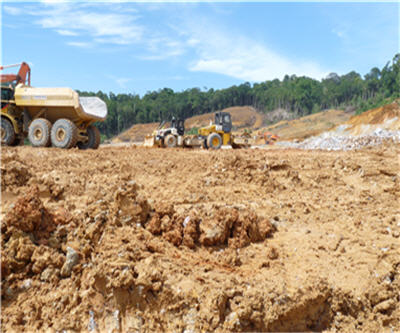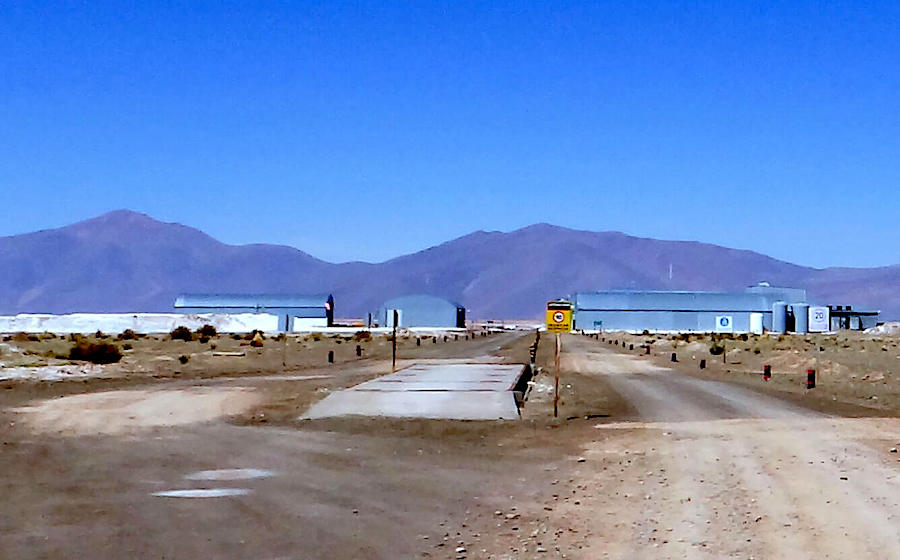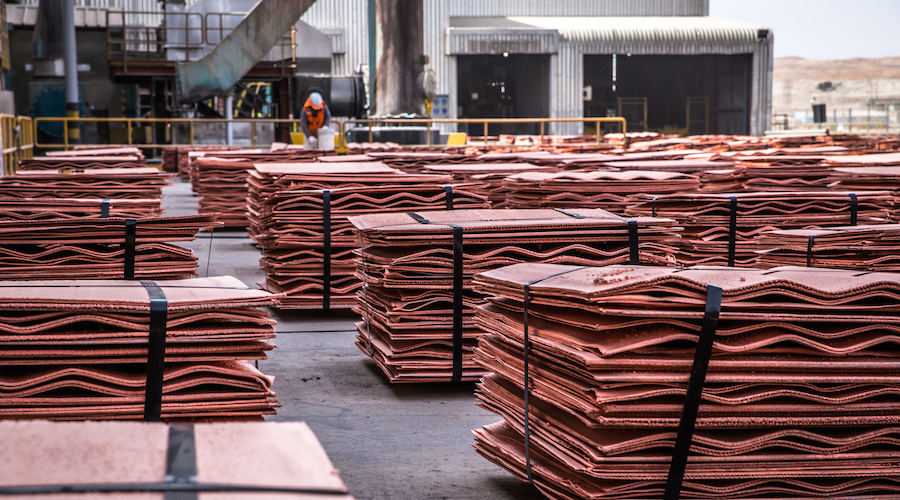New Indonesian Gold Mine Expected to Produce in 2011

Hong Kong-based G-Resources Group Ltd. (1051.HK) is on track to becoming a significant gold producer in Asia, with construction already started on the Martabe gold and silver mine in North Sumatra, Indonesia.
According to CEO Owen Hegarty, Martabe will be the company’s toehold in Asia and the base of operations for more gold property acquisitions.
“We’re looking at other prospects in the region, because you need to have scale, multiple operations, technology, and pipelines of projects to grow your business,” Hegarty told MINING.com during a recent interview.
The former CEO of Australia’s Oxiana Limited, who spent 25 years with Rio Tinto, wants to produce 500,000 ounces of gold per annum within three years, and a million within five years.
G-Resources acquired Martabe from OZ Minerals back in May for US$221 million, having raised $587 million through an IPO on the Hong Kong stock exchange. Among the largest shareholders are BlackRock Investment Management Ltd., which owns 9%, Bennelong Asset Management LLP (6-7%), and Hong Kong tycoons, according to Hegarty.
The company has spent about $100 million to date clearing the site, putting in roads, setting up camps and exploring the sprawling 1,639-square-kilometre property, which contains five known deposits. The site for the ore processing plant had to be relocated earlier this year after heavy rains destabilized the area, costing G-Resources 6 to 9 months and about $80,000. Despite this setback, “we have money in the bank,” Hegarty says, and no debt or hedging.
The Martabe deposit, located on the northern part of the island of Sumatra close to the town of Sibolga, is within a zone of gold mineralization believed to contain a series of magmatic arcs that were active between 3 and 20 million years ago.
Among Indonesia’s producing mines, Freeport-McMoRan operates one of the world’s largest copper-gold mines in the world in Papua, on the western half of New Guinea. The Grasberg open-pit mine started producing in 1990, and is expected to continue until 2015.
Newmont’s Batu Hijau mine, located on the island of Sumbawa, is another major copper-gold producer in the region. The mine is operated by PT Newmont Nusa Tenggara, a subsidiary of Newmont Mining Corporation.
Hegarty says the Indonesian archipelago is currently ripe for exploration opportunities, with a number of Canadian and Australian juniors moving drill rigs into place, including East Asia Mineral Corp., which has made progress on its Miwah Main Zone in Aceh province, North Sumatra.
The uptick in exploration activity is a far cry from the situation in Indonesia 10 years ago, when drilling ground to a virtual halt. A 2002 study by Pricewaterhouse Coopers showed that new capital for green field projects in Indonesia the year earlier amounted to just US$7 million, a third less than the $200 million spent on exploration in 1997 and ’98. Foreign companies were driven away by a weak policy framework, and other handicaps, according to Asia Times Online.
Part of the problem stemmed from an uncertain operating environment for foreign companies, after regional autonomy laws passed in 2001 brought government-allocated Contracts of Work (between foreign mining companies and the Indonesian government) into conflict with local politicians.
The New Indonesian Mineral and Coal Mining Law, passed in late 2008, tries to create a more stable environment by eliminating the Contract of Work system. The new law replaces CoWs with a licence-based system applicable to both foreign and domestic companies, sets designated mining areas, albeit with shorter terms-from 30 years to 20, with the possibility of two 10-year extensions.
Whether the law has actually resulted in a more stable mining environment is subject to debate, but Hegarty points out that the Martabe project was established under a so-called “sixth generation” Contract of Work signed in 1997. The fully-permitted contract is for 30 years, can be extended up to 20 years and does not contain any “sell-down” provisions as required by the new mining law, he says.
G-Resources expects the Martabe mine will cost an average US$280 per ounce of gold, with the average gold grade at 2.2 grams per ton. The deposit is estimated to contain 2.7 million ounces of gold reserves nad 32.8 million ounces of silver reserves.
Hergarty says the project is looking to be extremely low-cost, with the most important factor being gold and silver mineralization at or near surface, meaning low (1:3:1) strip ratio for the envisioned open pit mine. “You haven’t got lots of trucks and shovels running around stripping stockpiles.”
Other factors contributing to low operating costs include a straightforward mineral procession method that will produce gold-silver dore bars from the oxide ore using a standard crushing, milling and carbon-in-leach operation, and good access to roads and power. “Of all the mines I’ve ever built, and there have been plenty of them around the planet, they’re usually in the middle of nowhere, “Hegarty quipped. “Here it’s almost idyllic.”
He is bullish on the long-term price of gold, noting the demand for gold, “as an investment, a currency, a store of value, a hedge and a safe haven,” is outstripping supply of the metal, with few new gold mines being built. “It’s a commodity under tension.”
Hegarty says G-Resources plans to mine 250,00 ounces of gold per annum and 2.5 million ounces of silver, with production slated to begin at the end of 2011.
In August the company awarded the mining services contract to PT Leighton Contractors Indonesia, a subsidiary of Leighton Holdings, the largest mining contractor in the world. The five-year contract, valued at US$154 million, will cover haul-road construction, earth removal, drilling and blasting, and construction of mine infrastructure.
At full production Leighton is expected to move 10 million tonnes of ore per year.
Links and References:
Click here for full list of links:
{{ commodity.name }}
{{ post.title }}
{{ post.date }}




Comments